Solving Transcendental Functions using Euler's Method
VerifiedAdded on 2021/04/24
|8
|1232
|53
AI Summary
The provided assignment consists of seven tasks that involve solving transcendental functions using Euler's method. The tasks include finding the general solution for a damped wave equation, determining the particular solution when initial conditions are given, and improving Euler's method by making intervals infinitesimally close. Additionally, an experiment is discussed to improve recording accuracy in temperature measurements. A reference section provides links to relevant online resources.
Contribute Materials
Your contribution can guide someone’s learning journey. Share your
documents today.
1 out of 8
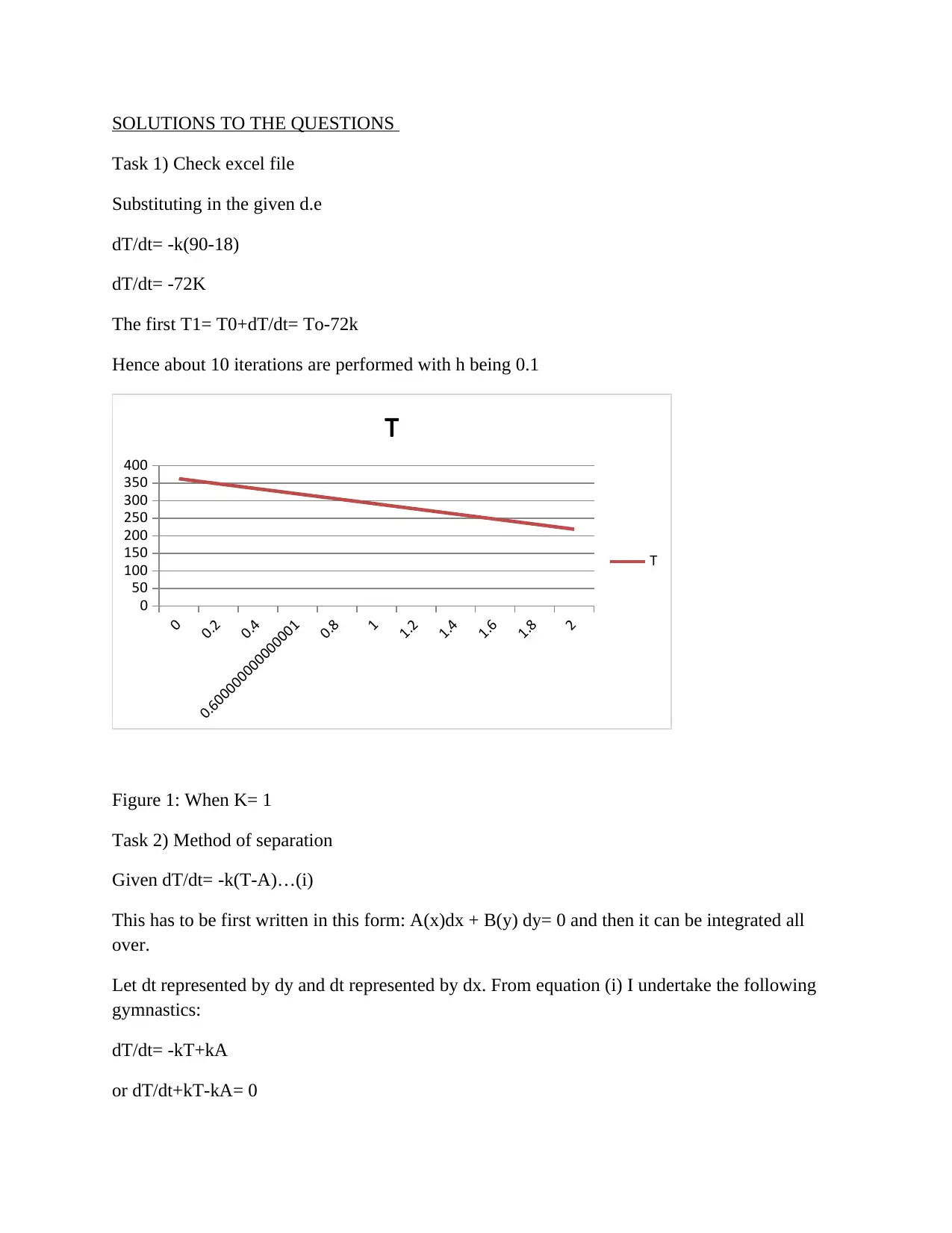
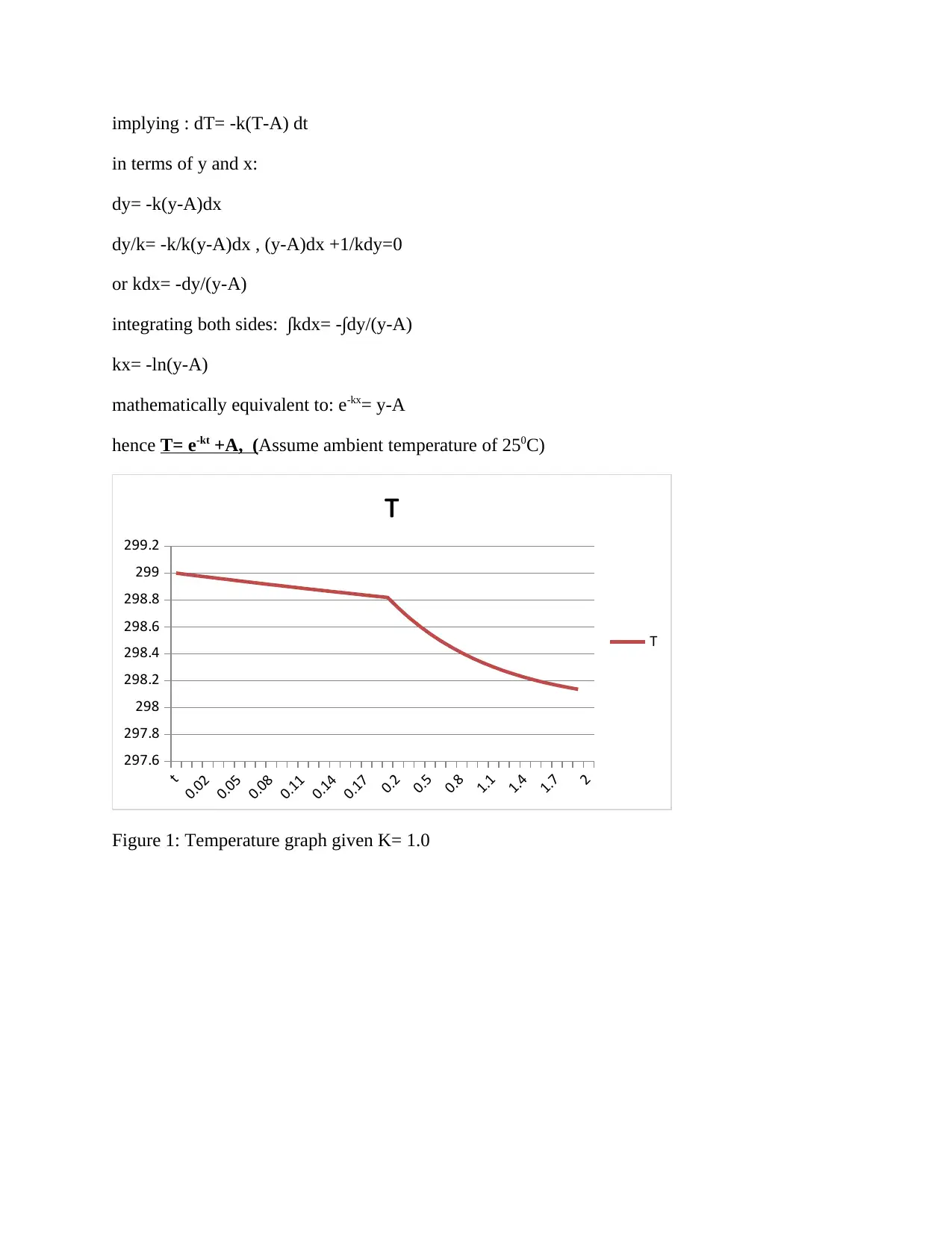
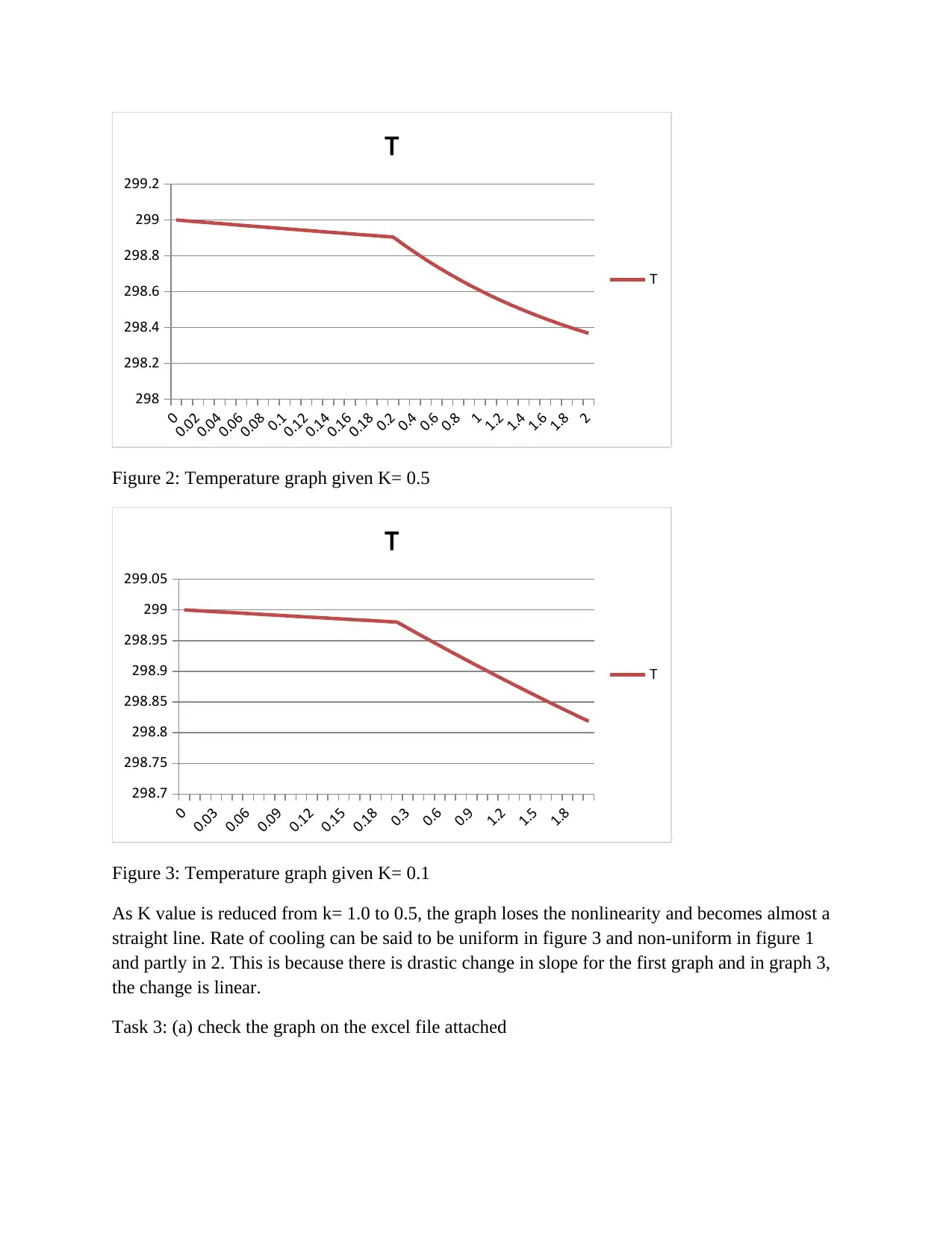
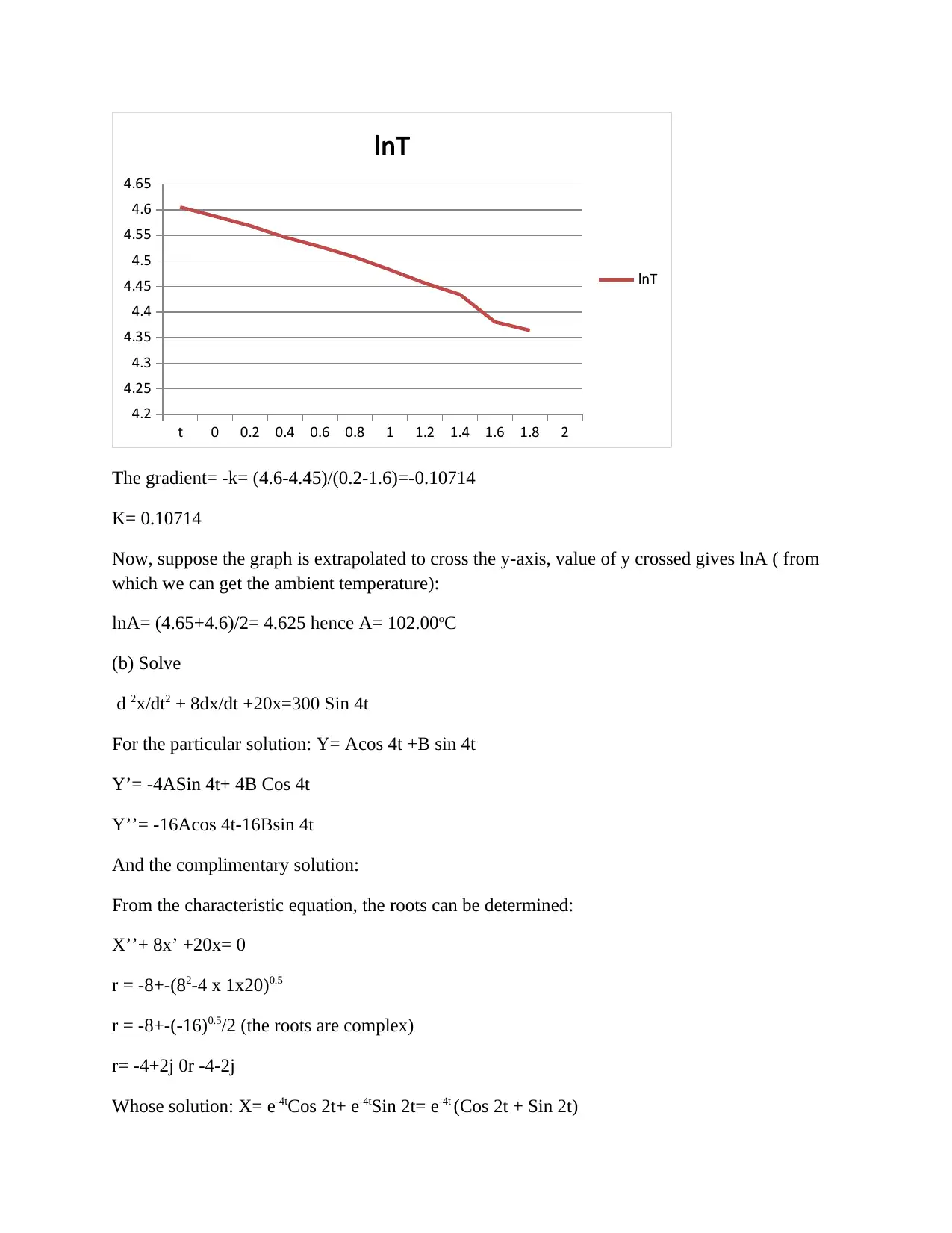
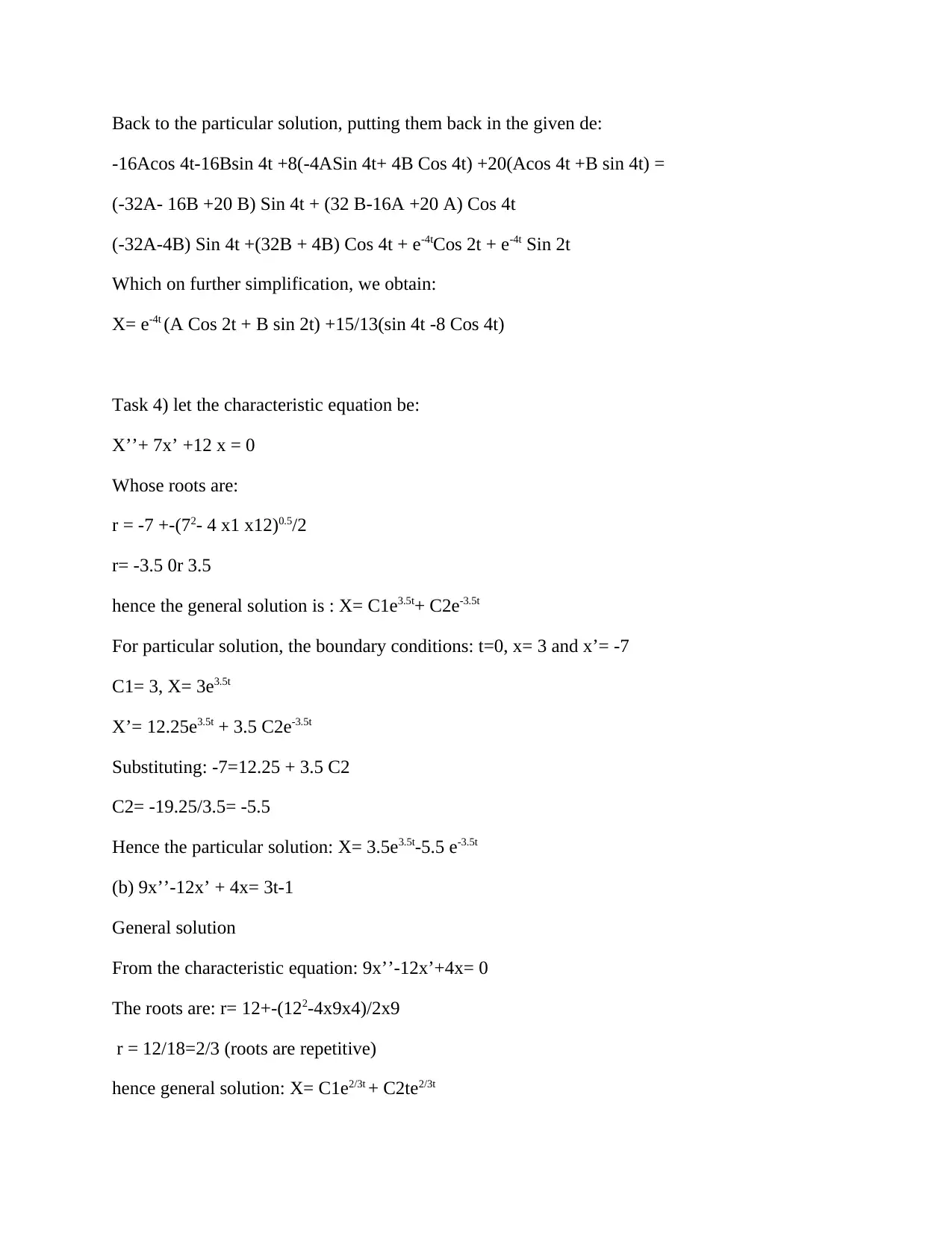
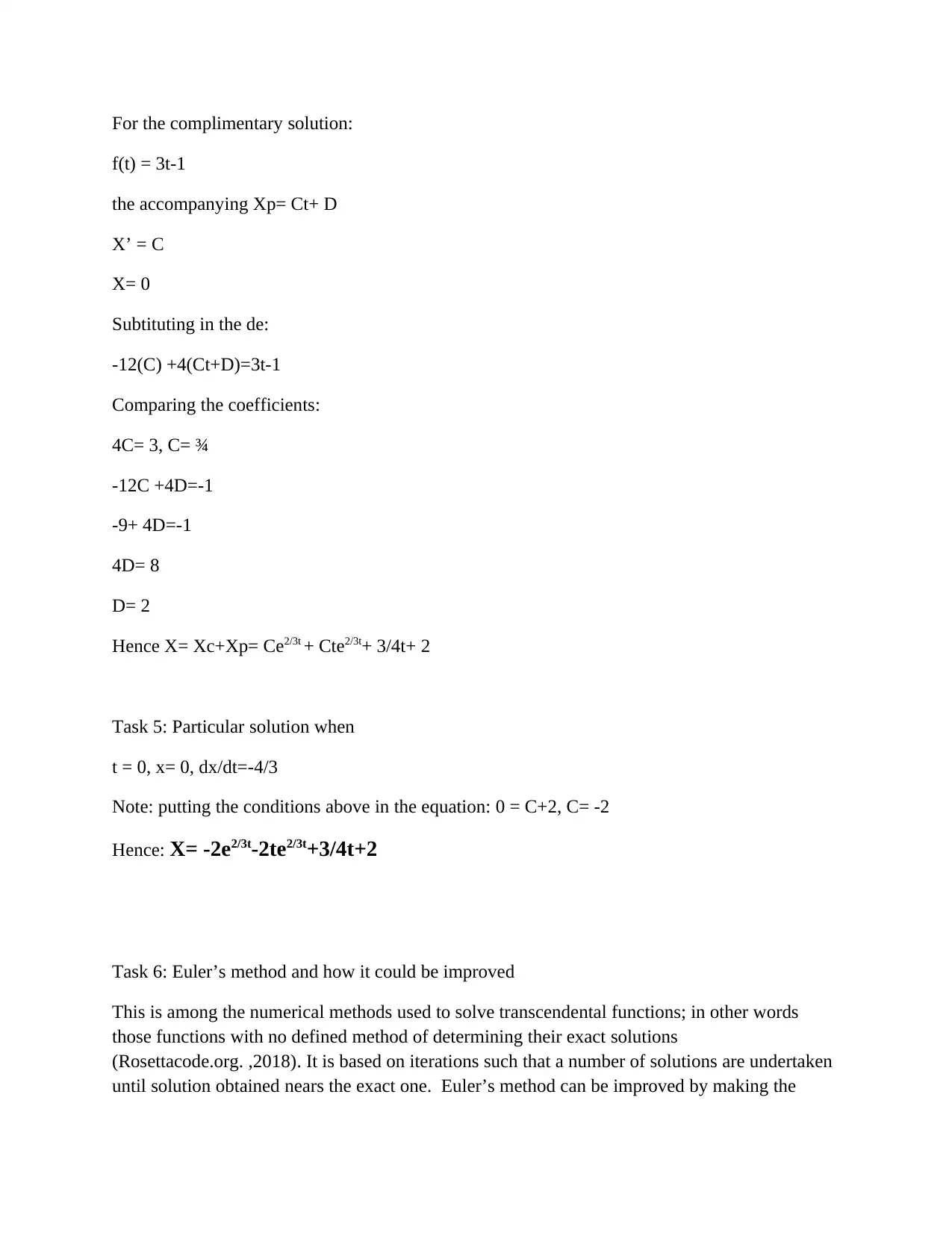
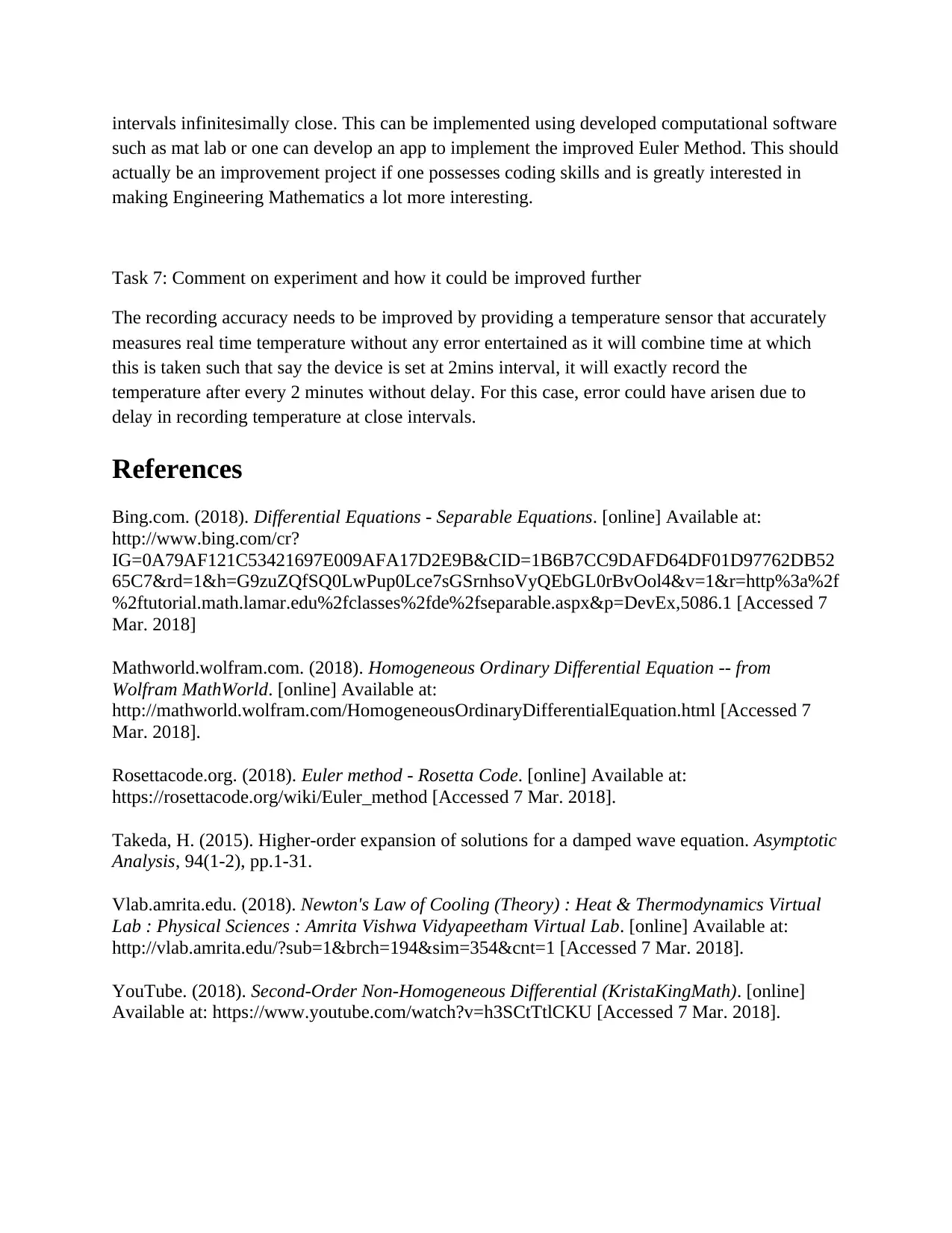






![[object Object]](/_next/static/media/star-bottom.7253800d.svg)